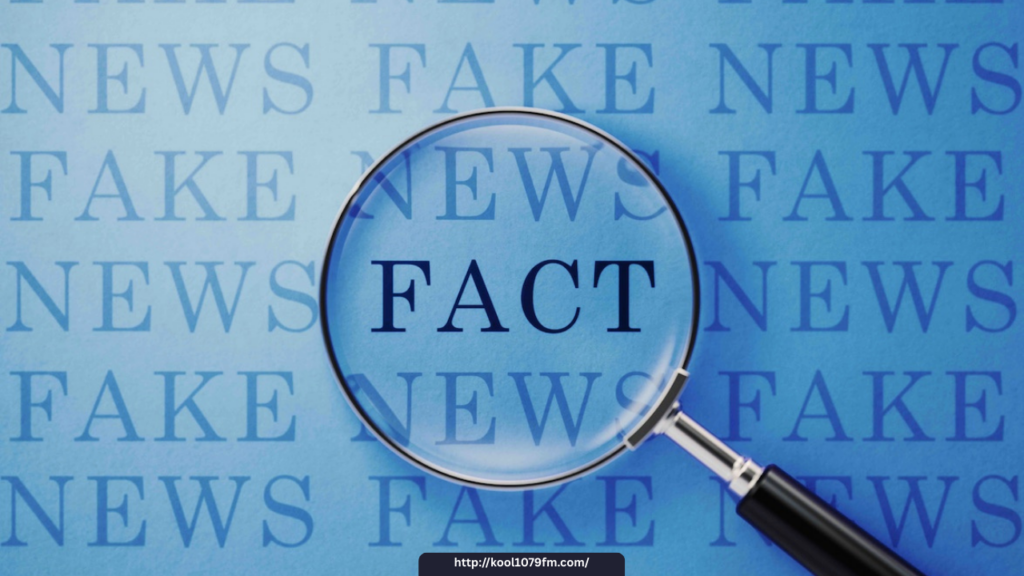
In today’s hyperconnected world, misinformation spreads faster than ever before. Social media, digital platforms, and even some traditional news outlets have contributed to an environment where falsehoods can circulate widely before they are corrected—if at all. As a result, fact-checking has become a critical component of modern journalism. But the question remains: can the media keep up with the speed and scale of misinformation?
The Rise of Misinformation
Misinformation refers to false or misleading information, regardless of intent, while disinformation is deliberately deceptive content. Both are rampant online, fueled by algorithms that prioritize engagement over accuracy. Sensational headlines, viral memes, and deepfake videos can quickly gain traction, spreading unverified claims to millions of users in minutes.
Contributing to the problem is the erosion of trust in traditional news sources. Many people now rely on social media for news, where information is curated by peers rather than professional editors. This shift has weakened the role of gatekeepers who once maintained journalistic standards, opening the door to unchecked narratives and conspiracy theories.
The Role of Fact-Checking
Fact-checking involves verifying the accuracy of claims made in public discourse, from political statements to viral posts. Organizations like PolitiFact, Snopes, and FactCheck.org have gained prominence for their rigorous, nonpartisan assessments. Many major news outlets now include dedicated fact-checking teams to monitor and debunk misinformation.
Social media companies have also joined the fight. Platforms like Facebook, Twitter (now X), and YouTube have implemented fact-checking partnerships and content warning labels to slow the spread of false information. However, these measures are not foolproof and often face backlash from users who perceive them as censorship.
Challenges for Fact-Checkers
Despite their efforts, fact-checkers face significant obstacles. First, the speed at which misinformation spreads far outpaces the slower, more methodical process of verification. By the time a claim is debunked, it may have already reached and influenced millions.
Second, fact-checking can be resource-intensive. It requires expertise, time, and access to reliable data—all of which are in short supply in an era of shrinking newsroom budgets. Smaller or independent media outlets may lack the capacity to verify every story or social media claim they encounter.
Third, confirmation bias and political polarization make fact-checking less effective for some audiences. People tend to accept information that aligns with their beliefs and dismiss contrary evidence, even when it is verified. This psychological barrier undermines the impact of fact-checking efforts.
Solutions and the Path Forward
To combat misinformation effectively, a multifaceted approach is necessary. Media literacy education is key, helping audiences learn how to critically evaluate sources and detect unreliable content. Schools, governments, and tech companies can all play a role in promoting these skills.
Journalists must also continue to prioritize transparency and accuracy in reporting. This includes clearly labeling corrections, citing sources, and explaining the fact-checking process. Collaborative initiatives between media outlets and independent fact-checkers can amplify reach and credibility.
Ultimately, while the media may never fully eliminate misinformation, it can work to minimize its impact. By staying vigilant, embracing innovation, and fostering public trust, fact-checkers can help preserve the integrity of information in the digital age.

